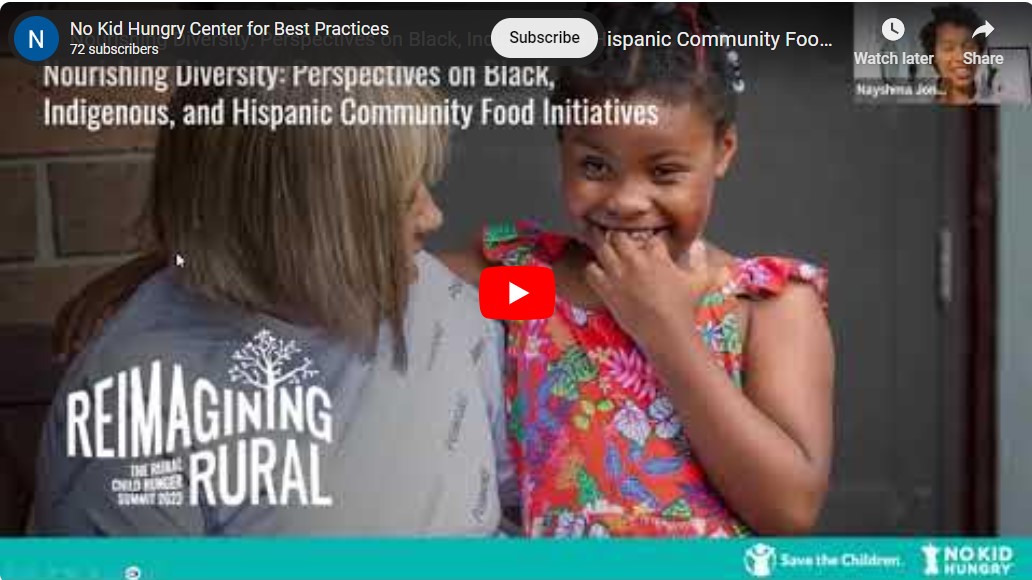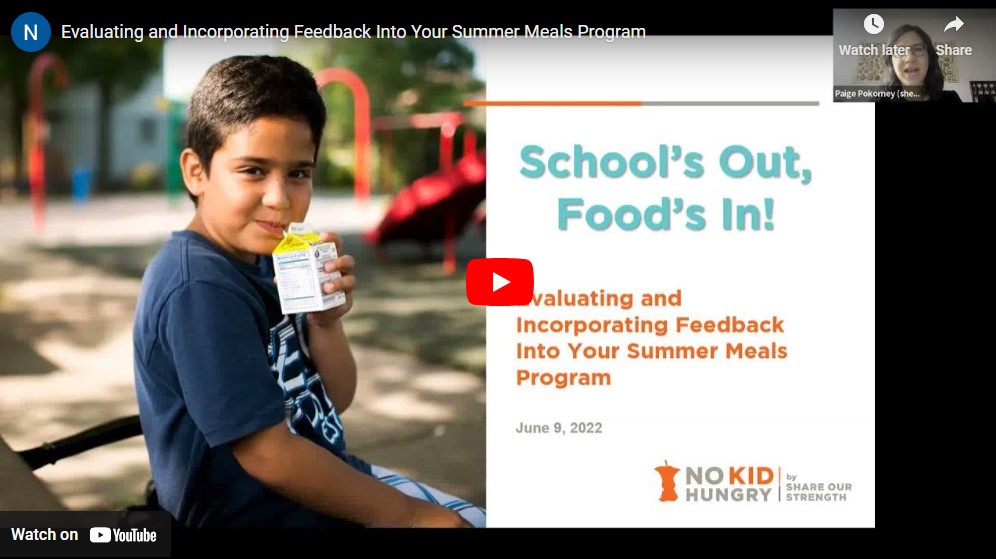Bridging the Gap: Building Authentic Partnerships Between Urban and Rural Organizations
The contrast between large, urban-based organizations and smaller, rural schools and nonprofits can be significant. While their landscapes may differ, the common thread that unites schools and nonprofit organizations in both environments is the shared goal of supporting children lead happy, healthy lives. Establishing authentic connections between rural and urban organizations not only enriches their individual missions but also contributes to a more inclusive and collaborative nonprofit ecosystem. This resource will highlight practical strategies for building meaningful relationships that transcend the urban-rural divide, fostering a spirit of cooperation and mutual support.
Understanding the Landscape
Before beginning a collaboration, it is crucial to gain a deep understanding of the region's historical context. Recognizing the role larger urban-based organizations have played in past partnerships and the cultural history of a region will provide a solid foundation for any authentic partnership.
Meet with local organizations, elected officials, and diverse stakeholders to get a firm understanding of past experiences and cultural identity. Exploring the community's diverse needs, resources, and goals lays the foundation for building relationships grounded in the unique strengths and challenges each community faces.

Nourishing Diversity: Perspectives on Black, Indigenous, and Hispanic Community Food Initiatives
Identify Partners and Common Goals
After listening to the community, align on a common goal and identify each organization's strengths to meet that goal. Commonly, larger urban-based organizations have easier access to funding and larger staffs. These strengths can aid rural organizations in broadening their fundraising and grant-writing efforts. Rural organizations will have a built-in trust in their community and access to volunteer support. These strengths can get the project off the ground with reliable community buy-in.
When first looking for rural partnerships, remember that they can come from a multitude of sources, extending beyond the nonprofit sector.
- Schools are a trusted community center and can be a great starting place for identifying partnerships, fostering educational initiatives, and community engagement.
- Public services, such as libraries and firehouses, serve as hubs for shared resources and collective problem-solving, creating a network of support agencies.
- Places of worship, deeply embedded in the fabric of rural life, can provide platforms for community-driven initiatives.
- Beyond traditional avenues, innovative partners such as local businesses, agricultural cooperatives, and grassroots movements contribute fresh perspectives and diverse skill sets, enriching the collaborative landscape.
Recognizing the expansive array of potential partners ensures a holistic approach to building authentic relationships, tapping into the unique strengths that each community brings to the table.
Consistent Communications
Set partnership expectations early and often. Many smaller, rural organizations are volunteer-run or have limited staff and may need to communicate outside of normal working hours. As you work to identify goals and build out programming, be sure to figure out the communication methods and frequency that work best for all parties.
Consistency is key; being consistently present reinforces reliability and cultivates a sense of mutual reliance. Setting clear expectations ensures everyone is on the same page, reducing misunderstandings and promoting effective collaboration. Accessibility is pivotal in maintaining a strong presence; being available via phone, email, and even at odd hours signifies a commitment beyond mere participation.
The value of in-person interactions cannot be overstated, as they foster a deeper connection and understanding. Actively participating in planning sessions and town hall meetings, engaging in on-site visits, and celebrating milestones in person not only demonstrates dedication but also builds a foundation of trust and shared experiences.
In the same way that partnering organizations should set out to create effective communication with each other, they should bring that same consistency and creativity to their communications with the general public. Read this resource about how Kern County, California’s Library system tested many communication methods to find the most effective creative means of communication.
Rural Communities Leading the Way: Spreading the Word Through Creative Communications
Tailor Programming to Meet Community Need
Tailoring programming to meet the specific needs of rural communities involves a nuanced approach that recognizes and values the unique expertise and strengths inherent in these areas. Instead of adopting a one-size-fits-all model, engaging in open dialogue with local organizations, community leaders, and residents is crucial to identify the specific challenges, aspirations, and cultural nuances of their rural community. This collaborative approach can equalize the power structure, acknowledging that those on the ground with the community are the true experts in the community’s needs. By integrating local insights, traditions, culturally appropriate foods and preferences into program design, organizations can ensure that initiatives are relevant and resonate with the community's identity. This inclusive and cooperative methodology enhances the effectiveness of programming and establishes a foundation of trust and respect, essential elements for sustained positive impact in rural communities.
Playing on the strengths of a community can lead to innovative programming. Many rural communities have ties to agrarian roots. In this resource, you will hear from three organizations on how they use these local food procurement strategies to create stronger bonds in their communities, purchase local seasonal foods, and create unique educational opportunities for children of all ages.

Evaluating and Incorporating Feedback into Your Summer Meals Program.
Commit to Long-Term Partnership
Committing to long-term partnerships in rural communities is imperative for the success and sustainability of collaborative efforts. Many rural communities have experienced a revolving door of short-term pilot programs, contributing to a sense of skepticism and distrust of larger urban-based organizations. In contrast, organizations that demonstrate a genuine, long-term commitment foster trust and credibility within the community. The complexities of rural communities, including unique challenges and aspirations, require time for meaningful impact. Long-term partnerships allow for developing community-co-designed solutions, establishing deeper connections, and genuinely understanding the community's dynamics, contributing to lasting positive change in rural communities.
Long-term partnerships won’t look the same year after year. At the beginning of the partnership, there may need to be more meetings, in-person trainings, and larger shared funds. Over time, both organizations can readdress expectations and how much funding and in-person support is needed. Support can take many forms, and through the lifetime of your partnerships, those supports will change to meet the new needs of the community.
Conclusion
Rural and Urban partnerships can make the best of both worlds, providing unparalleled support to create sustainable change. Building authentic relationships between large urban-based nonprofits and smaller rural nonprofits is not just about crossing geographical boundaries; it's about overcoming preconceived notions and working towards a shared vision of ending childhood hunger. By understanding each other's landscapes, identifying common goals, building consistent communications, tailoring programming to meet community needs, and committing to long-term relationships, we can bridge the gap and create a more interconnected and resilient community.
- Program
- Rural Communities
- Category
- Audiences
- Download

